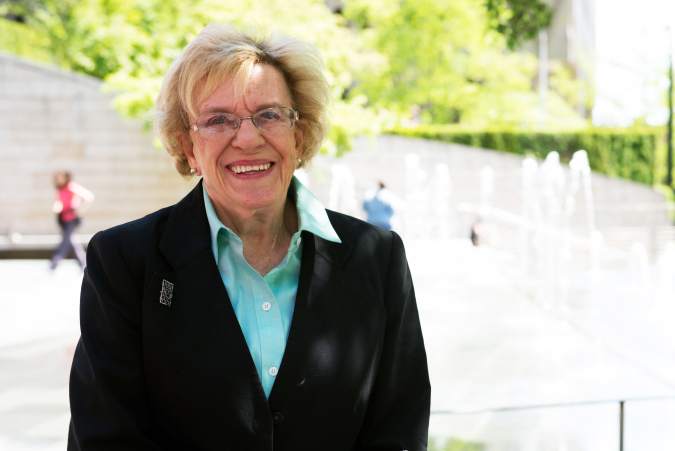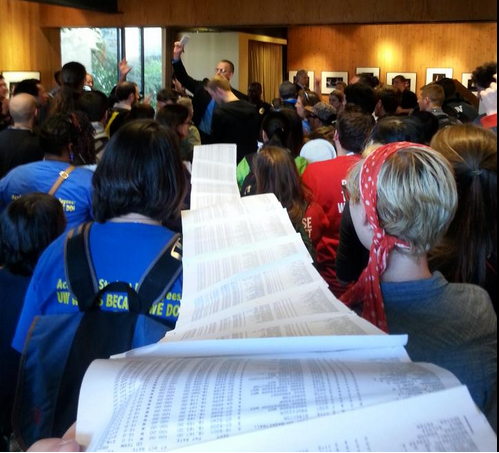Last week, Sound Transit announced it was moving forward with its $15 billion Sound Transit 3 ballot measure. But before ST3 can appear on the 2016 ballot, Sound Transit needs a thumbs-up from the Republican-ruled state Senate, which has only approved an $11 billion plan. Seattle’s Department of Planning and Development says that by 2035, we will have 120,000 more people and 115,000 more jobs in the area, which means more congestion. The influx of tech workers is already increasing the flow of traffic into Seattle; at this point expanding light rail is necessary, but will take time. In the interim, what exactly does the ST3 ballot measure mean?
How much will it cost you? Many have protested this expensive ballot measure because it involves reaching into the pockets of taxpayers in King, Pierce, and Snohomish counties from 2017 to 2032. ST3 calls for a sales-tax increase of 0.5 percent, a property-tax increase of up to 25 cents per $1,000 property value, and an increase in the motor vehicle excise tax. According to the Washington Policy Center, the new taxes will cost the average household $600 a year, approximately. ST3 is undeniably expensive, but according to a study done by Sound Transit, congestion costs drivers and businesses over $1 billion per year in gas and lost productivity.
Why $15 billion? If the Senate and Washington voters agree, the $15 billion will expand light rail to Everett, Redmond, Tacoma, Ballard, and West Seattle, and will fund rapid-transit buses on I-405. Ideally, by 2023 riders will be able to get from Lynnwood to Northgate in 15 minutes, Angle Lake to downtown Seattle in 40 minutes, Overlake Transit Center to Bellevue Transit Center in 10 minutes, and downtown Bellevue to downtown Seattle in 20 minutes. Numerous other commutes will be shortened. That Sound Transit study notes that the average Puget Sound resident spends 33 hours in traffic each year—enough time to “make 198 omelets” or “bike around Lake Washington 6.5 times.”
What’s next? Beginning in June, Sound Transit will ask the public which projects should be given priority and absolutely placed on the 2016 ballot. “Meanwhile, we will continue working to secure the funding authority the legislature must grant us to move forward with a public vote in November 2016,” Sound Transit Board Chair and King County Executive Dow Constantine said in a statement. Later this summer, the board will compose a final Priority Project list, taking public opinion into consideration. If they aren’t able to tax Puget Sound residents the full amount, difficult choices involving who gets efficient mass transit first will have to be made.
news@seattleweekly.com







